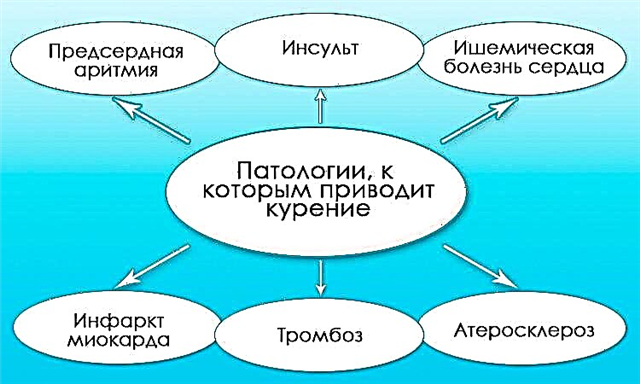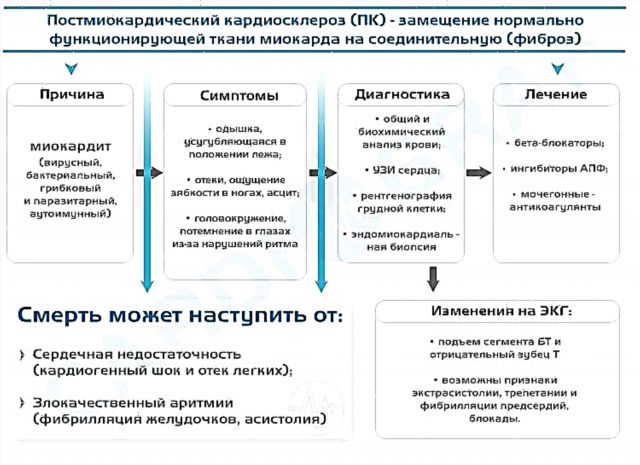 Hyperplasia of soft tissues leads to an increase in the volume of the nasopharyngeal tonsil, resulting in a violation of nasal breathing.
Hyperplasia of soft tissues leads to an increase in the volume of the nasopharyngeal tonsil, resulting in a violation of nasal breathing.
Late treatment of ENT disease is fraught with blockage of the mouth of the Eustachian tube and choans (nasal openings). Pathological changes in the state of the respiratory system entail the development of otitis media, eustachitis, adenoiditis and other respiratory diseases.
Frequent recurrence of infection has a destructive effect on the state of vital organs and systems.
What are adenoids for?
What are adenoids? Komarovsky argues that the removal of a hypertrophied pharyngeal tonsil can negatively affect the reactivity of the body, since it prevents the development of pathogenic flora in the upper respiratory tract. Adenoids (adenoid vegetation) are a pathological proliferation of lymphoid tissues that make up the nasopharyngeal tonsil. But even in this state, it continues to perform protective functions.
Why does the amygdala grow in size? According to the pediatrician, lymphocytic-lymphoblastic hyperplasia is the result of active functioning of the nasopharyngeal tonsil under the influence of local inflammatory reactions. The provocateurs of pathological processes in the ENT organs in children can be:
- allergic reactions;
- endocrine disorders;
- avitaminosis;
- fungal invasions;
- frequent colds.
With an increase in the number of opportunistic microorganisms in the nasal cavity and laryngopharynx, adenoid tissues begin to synthesize a large number of lymphocytes. It is they who prevent the spread of pathogenic flora in the respiratory organs. However, in the case of a decrease in immunity, the pharyngeal tonsil cannot "cope" with an excessive amount of foreign agents, which leads to the proliferation of lymphatic tissues.
Adenoids in children
Why do adenoids occur in children? Komarovsky argues that hyperplasia of adenoid tissues in children aged 3 to 7 years is a normal physiological process that occurs as a result of the formation of a protective system in the ENT organs. However, frequent inflammation of the respiratory system leads to pathological enlargement of the amygdala and the development of the disease.
Adverse environmental conditions, poor nutrition, insufficient exposure to fresh air, etc., can provoke a critical increase in the size of the pharyngeal tonsil. If provoking factors are not eliminated in time, this will lead to a violation of nasal breathing and a decrease in local immunity.
The nasopharyngeal tonsil reaches its maximum size at the age of 9 years, after which its involution occurs.
It should be noted that the factors predisposing to hyperplasia of lymphoid tissues can be high allergization of the child's body and imperfection of immunological reactions. Preschool children have a number of anatomical features in the structure of the nasopharynx - it is quite narrow and therefore even a slight expansion of the adenoid tissue entails a violation of nasal breathing.
Clinical manifestations
The pathology needs to be diagnosed on time, says Dr. Komarovsky. Adenoids grow rather slowly and with the timely passage of pharmacotherapy, soft tissue hyperplasia stops. You can suspect the development of ENT disease in children by the following pathological symptoms:
- snoring while sleeping;
- difficulty breathing through the nose;
- hearing loss;
- periodic coughing;
- frequent colds;
 food getting into the nasopharynx.
food getting into the nasopharynx.
Continuous breathing through the mouth increases the risk of developing respiratory diseases, since air that is not cleaned of pathogens immediately enters the respiratory tract, causing inflammation.
Constant breathing through the mouth negatively affects the development of the facial skull in preschool children.
If the hypertrophied tonsil is not removed in time, the face becomes elongated and puffy, and the bite becomes irregular.
Adenoiditis - what is it?
When talking about adenoids, one must not forget about the differences between tissue hypertrophy and tissue inflammation. An infectious disease that occurs against the background of inflammation of the overgrown adenoid tissue is called adenoiditis. Delayed treatment of the infection leads to damage to the surrounding tissues and, accordingly, the development of concomitant pathologies. Typical manifestations of adenoiditis include:
- fever;
- hyperthermia;
- nasal voice;
- enlarged lymph nodes;
- chronic rhinitis;
- purulent discharge from the nose;
- dry cough;
- malaise;
- lack of appetite.
Adenoiditis can lead to the development of bronchitis, pneumonia, laryngotracheitis and tonsillitis.
According to E. Komarovsky, the most dangerous manifestation of the disease is intoxication of the body. Waste products of pathogenic microorganisms negatively affect the work of the cardiovascular, endocrine and respiratory systems. Infectious and toxic effects of pathogens can lead to myocarditis, pyelonephritis, bradycardia, meningitis, etc.
Treatment features
How to treat adenoids in a child? A hypertrophied pharyngeal tonsil can be treated conservatively (without surgery) or surgically (adenotomy). The methods of therapy depend on the degree of proliferation of the adenoid tissue. If the amygdala overlaps the opener and nasal canals by 2/3, surgery will be required.
The pediatrician is sure that adenotomy should be performed only if absolutely necessary. It should be understood that the removal of the immune organ will entail a decrease in local immunity, which will lead to frequent relapses of respiratory diseases. Direct indications for the operation are:
- ineffectiveness of conservative treatment;
- 3rd degree of development of adenoid vegetation;
- dysfunction of the auditory tube;
- chronic tubo-otitis and conductive hearing loss;
- obstructive sleep apnea syndrome.
Operations should not be performed in the presence of acute inflammation in the hypertrophied pharyngeal tonsil, as this can lead to generalization of inflammatory reactions.
Conservative therapy
Treatment of adenoiditis without surgery allows you to eliminate inflammation in the pharyngeal tonsil and prevent tissue hypertrophy. It is possible to restore normal breathing through the nose only in the case of complex therapy. In addition to medications, physiotherapeutic procedures are used to normalize tissue trophism.
As part of the passage of pediatric therapy for the elimination of ENT pathology, the following are used:
 antibiotics - "Zinnat", "Amoxicillin", "Flemoxin Solutab";
antibiotics - "Zinnat", "Amoxicillin", "Flemoxin Solutab";- antiviral agents - "Otsillococcinum", "Remantadin", "Groprinosin";
- antihistamines - "Rivtagil", "Pipolzin", "Bravegil";
- vasoconstrictor drops - "Nazol Kids", "Naphazolin", "Sanorin";
- solutions for nasal irrigation - "Humer", "Miramistin", "No-Salt";
- immunostimulants - "IRS19", "Viferon", "Immunal";
- homeopathic remedies - "Mercurius dulcis 30", "Silicea", "Agrafis nutans";
- electrotherapy - UHF therapy, magnetotherapy, electrophoresis.
Irrational intake of drugs for adenoiditis can lead to drug toxicosis and dysbiosis.
In 75% of cases with 1 and 2 degrees of development of adenoid vegetations, drug therapy can eliminate local and general symptoms of the disease. However, in the absence of positive dynamics, the child is prescribed surgical treatment.
Surgical intervention
Surgical treatment of adenoid vegetations is indicated in case of ineffectiveness of pharmacotherapy and persistent disturbance of nasal breathing. The inflamed pharyngeal tonsil is a breeding ground for infection, therefore, untimely removal of the affected organ can lead to severe systemic complications. Typically, adenotomy is performed in a stationary setting under local or general anesthesia.
Before the procedure, the nasopharynx is cleaned of viscous secretions using saline and antiseptic solutions. Excision of overgrown tissues is performed with a ring-shaped knife, microbrider or laser coblator. To prevent inflammation of the operated tissues, the patient is prescribed antimicrobial therapy.
Due to the increased allergization of the child's body, the operation for children under the age of 12 is often carried out without preliminary anesthesia. Lack of adequate anesthesia can make it difficult to perform surgery and provoke aspiration of the excised tissue. For this reason, adenotomy is performed only in extreme cases with a critical increase in the size of the pharyngeal tonsil.

 food getting into the nasopharynx.
food getting into the nasopharynx. antibiotics - "Zinnat", "Amoxicillin", "Flemoxin Solutab";
antibiotics - "Zinnat", "Amoxicillin", "Flemoxin Solutab";

